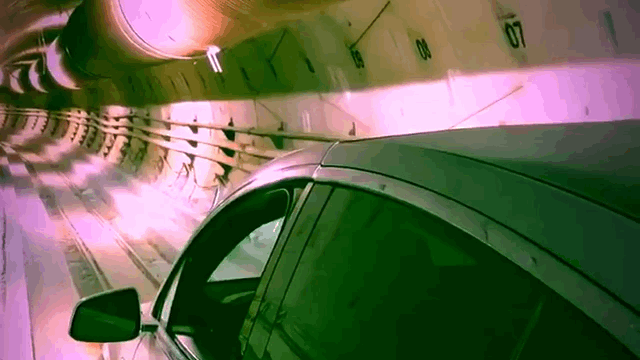

Being Google, we also care a lot about factuality (that is, whether LaMDA sticks to facts, something language models often struggle with), and are investigating ways to ensure LaMDA’s responses aren’t just compelling but correct.īut the most important question we ask ourselves when it comes to our technologies is whether they adhere to our AI Principles. We’re also exploring dimensions like “interestingness,” by assessing whether responses are insightful, unexpected or witty. These early results are encouraging, and we look forward to sharing more soon, but sensibleness and specificity aren’t the only qualities we’re looking for in models like LaMDA.

Since then, we’ve also found that, once trained, LaMDA can be fine-tuned to significantly improve the sensibleness and specificity of its responses. LaMDA builds on earlier Google research, published in 2020, that showed Transformer-based language models trained on dialogue could learn to talk about virtually anything. In the example above, the response is sensible and specific. Satisfying responses also tend to be specific, by relating clearly to the context of the conversation. After all, the phrase “that’s nice” is a sensible response to nearly any statement, much in the way “I don’t know” is a sensible response to most questions. But sensibleness isn’t the only thing that makes a good response. That response makes sense, given the initial statement. “How exciting! My mom has a vintage Martin that she loves to play.” You might expect another person to respond with something like: Basically: Does the response to a given conversational context make sense? For instance, if someone says: During its training, it picked up on several of the nuances that distinguish open-ended conversation from other forms of language. That architecture produces a model that can be trained to read many words (a sentence or paragraph, for example), pay attention to how those words relate to one another and then predict what words it thinks will come next.īut unlike most other language models, LaMDA was trained on dialogue. Like many recent language models, including BERT and GPT-3, it’s built on Transformer, a neural network architecture that Google Research invented and open-sourced in 2017. Real-time preview enables you to preview the GIF before export.LaMDA’s conversational skills have been years in the making.Support choosing GIF quality before exporting it.Easily change the frame order by dragging.Set GIF Size, Fill Mode and playing Sequence.Easily set FPS or Frame Delay to control the GIF animation speed.Apply popular image effects and adjustments.Support transforming your favorite video/movie to create GIF.Support combining multiple formats - images, GIFs, and videos into a new single GIF.Support almost all common video formats: MOV, MPEG, MP4, M4V, 3GP, AVI and more.

Support hundreds of image formats like JPEG, TIFF, BMP, PNG, TGA, RAW, PIC, etc.



 0 kommentar(er)
0 kommentar(er)
